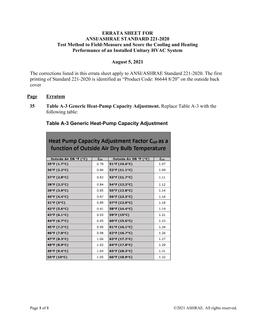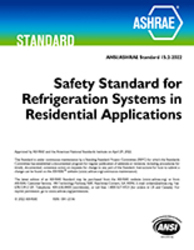Click here to purchase
During nuclear maintenance and dismantling operations, a dynamic confinement is applied through openings in order to prevent the leakage of pollutants outside depressurized enclosures and to ensure the safety of workers. The main issues of this work are to detect and quantify the leakage of gaseous and particulate pollutants outside the depressurized enclosure through nominal or accidental operating conditions occurring on this device; it aims also at verifying the ability of CFD (Computational Fluids Dynamics) simulations to predict these local flow inversions and to quantify the backflow of pollutants by using an hybrid turbulent modelling. To validate simulations, an experimental chamber with small opening on its frontal wall has been built. Laser flow visualizations had shown that the presence of an additional counter-current turbulent jet flow in competition with the mean directional opening flow is among the main causes leading to the leakage through the opening. Gas and particulate tracing techniques allow to characterize and then to quantify the backflow phenomenon through the opening. Results showed that a new criterion based on the aeraulic conditions at the opening should be taken into account to ensure an efficient confinement. CFD results confirmed the ability of the hybrid model SST-DES to qualitatively predict the flow inversions and to quantify the backflow phenomenon near the opening. This model has been successfully compared with experimental results on gaseous and particulate leakage.
Product Details
- Published:
- 2022
- Number of Pages:
- 8
- Units of Measure:
- Dual
- File Size:
- 1 file , 1.2 MB
- Product Code(s):
- D-IIVC2022-C014
- Note:
- This product is unavailable in Russia, Belarus


